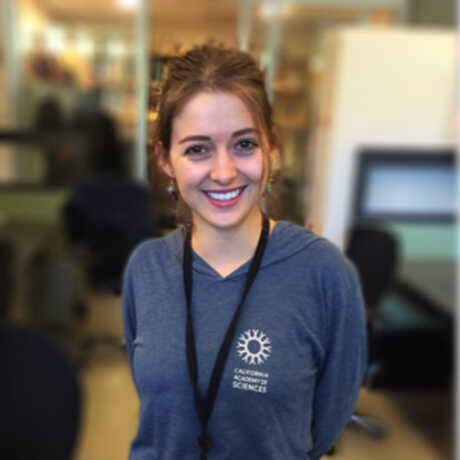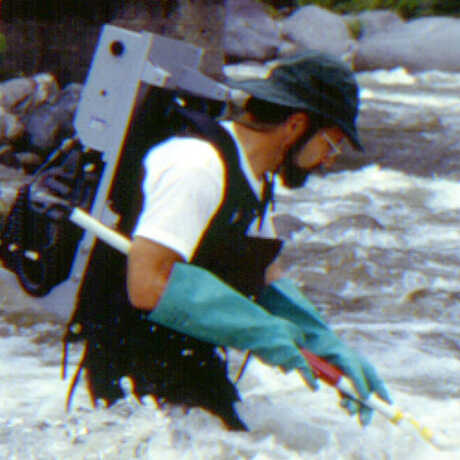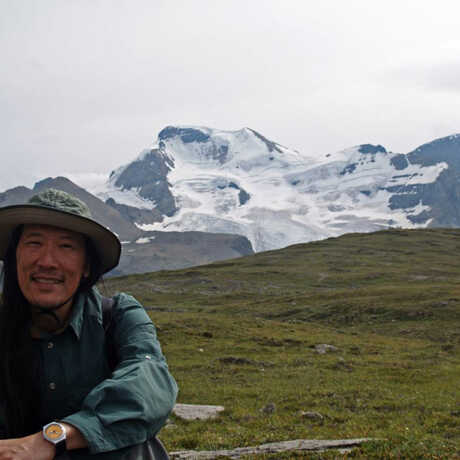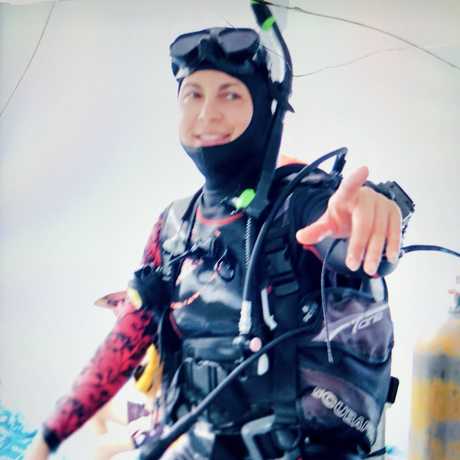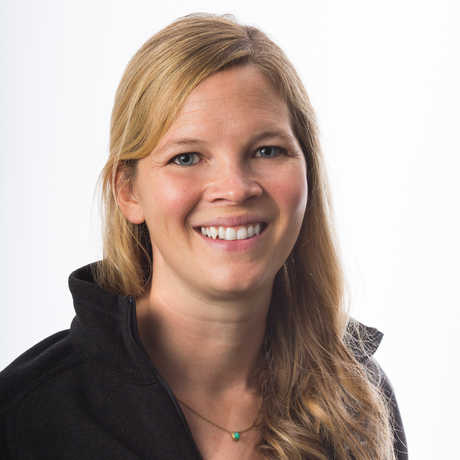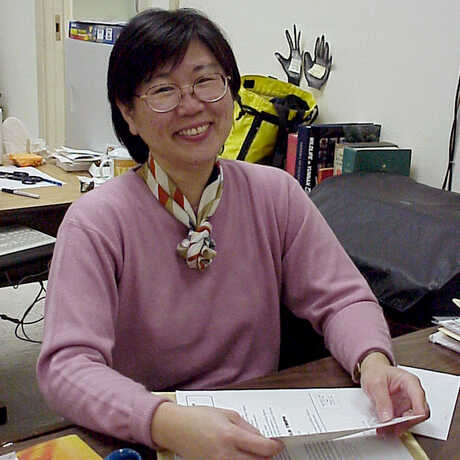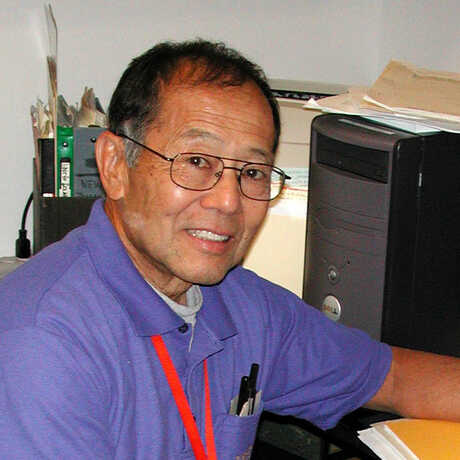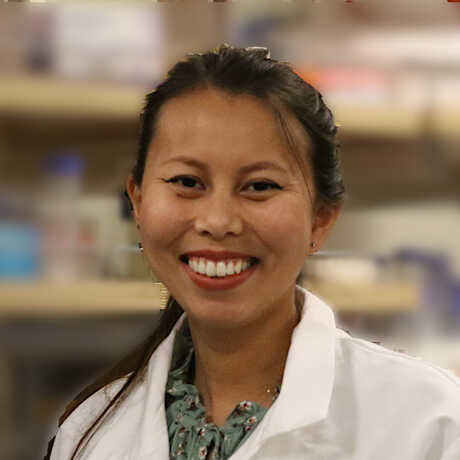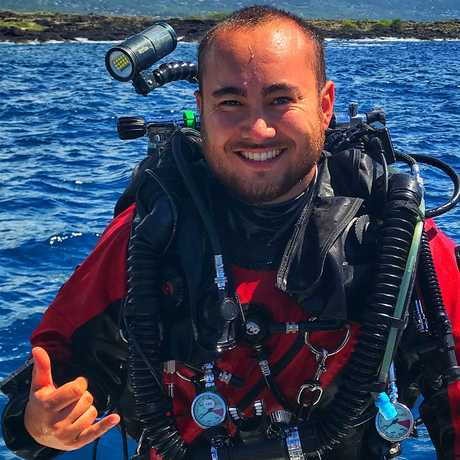Gabriela is the lab technician for the Ichthyology department, where she assists researchers to get molecular data. In addition, she helps to catalog, organize and maintain the Ichthyology tissue collection. Her research interest is in the phylogeny of the genus Chromis, a large group with over 106 described species. As a PhD student in the Integrative Biology Department at UCB, she studies the diving physiology and genetics of sea turtles.
I am interested in the behavioral ecology of fishes, particularly in species that exhibit complex relationships with other organisms, and strong habitat dependencies. Currently I am working in the lab of Dr. Alison Gould on the genus Siphamia, a group of tiny cardinalfish that exhibit bioluminescence though symbiosis with light producing bacteria, and that rely on invertebrates such as sea urchins and corals for protection from predators.
I study the evolutionary ecology of a bioluminescent symbiosis between coral reef fish in the genus Siphamia and luminous bacteria. My research integrates natural history and ecology with genomics to understand how this highly specialized association evolved and how host-symbiont specificity is maintained over time and space. Working with the Steinhart Aquarium, I am also developing this gut-associated symbiosis as a tractable model system to investigate the mechanisms regulating the complex relationships between animals and beneficial bacteria.
My principal research interest concerns the systematics of grenadiers, a group of more than 400 deep-sea fishes related to the codfish. Grenadiers are found in all oceans, but 80-90% of the species are confined to subtropical and tropical seas. Most grenadiers live on the continental slope at depths between 200 m and 2000 m, but some range to below 6000 m. A few species are commercially exploited by large trawlers dragging at depths often exceeding 1000 m. The group seems to have evolved in the deep sea, as no shallow-water close relatives are known.
Tyler is pursuing a Masters degree in Ecology, Evolution and Conservation Biology at San Francisco State University and serves as an On-Call Dive Officer at the Steinhart Aquarium.
